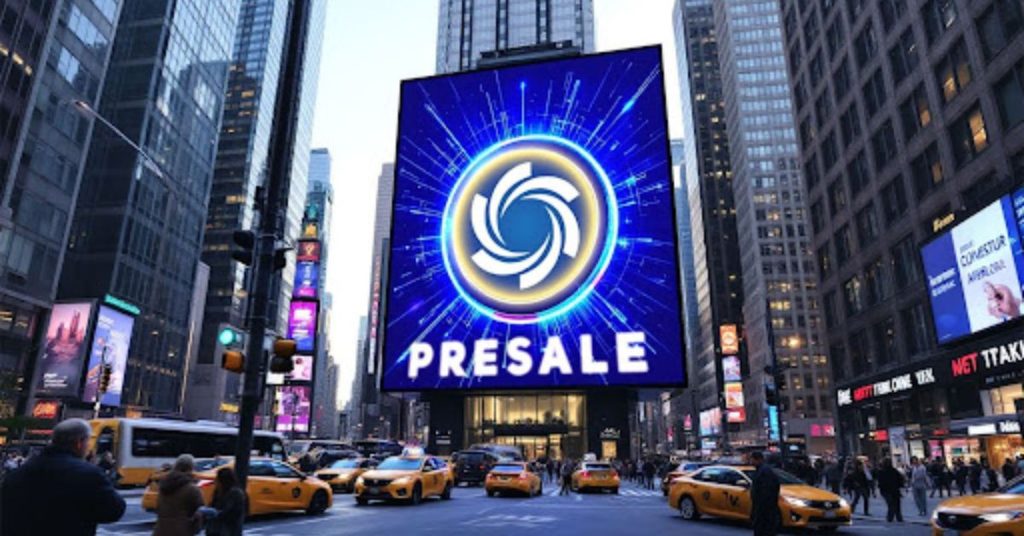SEC Clears Path for SOL, XRP, DOGE, and LTC Spot ETFs as Deadlines Approach
TLDR:
- SEC removed 19b-4 filing requirement for SOL,XRP, DOGE, LTC ETFs, clearing the way for faster approvals.
- Issuers have been asked to withdraw filings this week, signaling process shift is already underway.
- ETFs can now be approved with just an S-1 filing if tokens meet listing criteria.
- Traders see potential pre-approval retrace followed by sustainable rally as leverage clears from the market.
Crypto markets are bracing for a potential shakeup as spot ETFs for Solana, XRP, Dogecoin, and Litecoin near their final deadlines.
The SEC has moved to simplify the approval process, removing a key step that had previously slowed down applications. This means decisions could arrive sooner than expected, catching traders off guard.
Market watchers are now debating whether a pre-launch retrace or a post-approval selloff comes first. Either way, volatility seems inevitable as leverage gets cleared from the system.
SEC Rule Change Speeds ETF Timeline
Eleanor Terrett reported that the SEC asked issuers to withdraw their 19b-4 filings for SOL, XRP, DOGE, ADA, and LTC ETFs. The agency approved generic listing standards two weeks ago, removing the need for separate filings for each token.
Under the new process, exchanges no longer need to submit individual 19b-4 forms for each asset. This allows ETF approvals to move forward with just an S-1 filing once eligibility criteria are met.
This change means the SEC can act at any time without waiting for specific deadlines. According to Terrett, withdrawals could begin this week, setting the stage for quicker decisions.
The move is being interpreted as a sign the system is functioning as intended. By consolidating filings, regulators have reduced administrative bottlenecks.
Market Awaits ETF-Driven Price Moves
Trader Ted @TedPillows noted that two scenarios are possible for these crypto assets.
Either prices rally ahead of ETF approvals and retrace after launch, or they dip first and then rally in a more sustained move. Ted suggested the second path may have better odds, as it would flush leverage before a lasting breakout.
Investors are now watching closely for early signs of accumulation or a final shakeout. With deadlines no longer the main factor, timing becomes harder to predict. The faster approval process could trigger surprise moves if decisions come earlier than markets expect.
The post SEC Clears Path for SOL, XRP, DOGE, and LTC Spot ETFs as Deadlines Approach appeared first on Blockonomi.
You May Also Like

The Channel Factories We’ve Been Waiting For

XRP and Ozak AI on Bull Watch: What Happens if XRP Breaks $9 and Ozak AI Follows With a 5,000% Run to $1.20?
